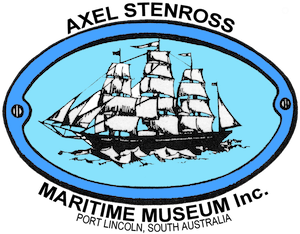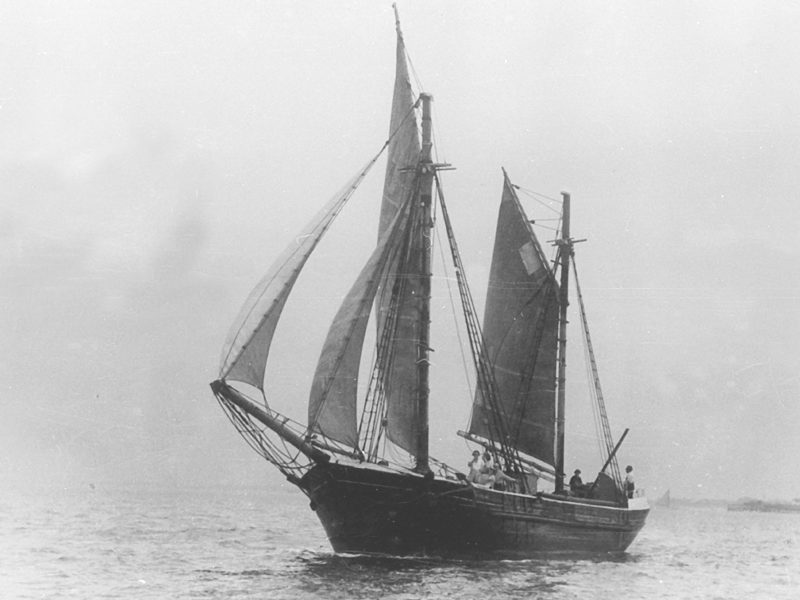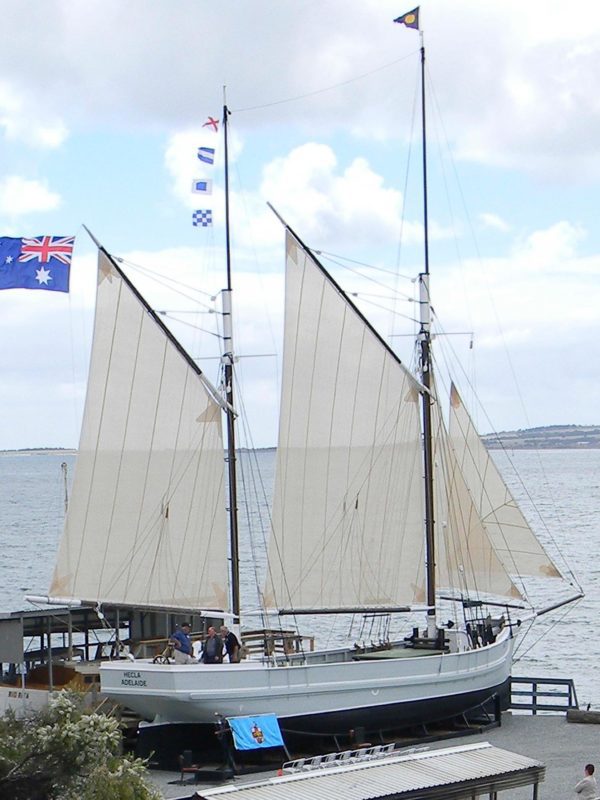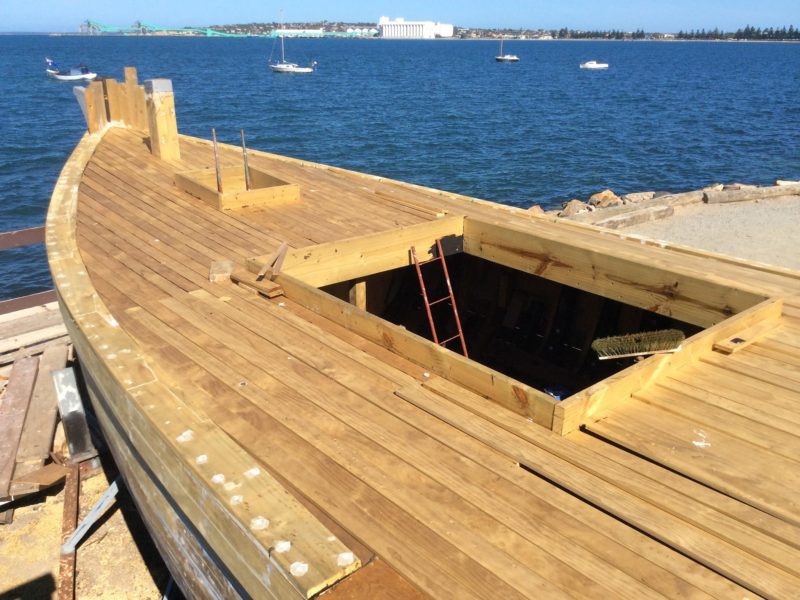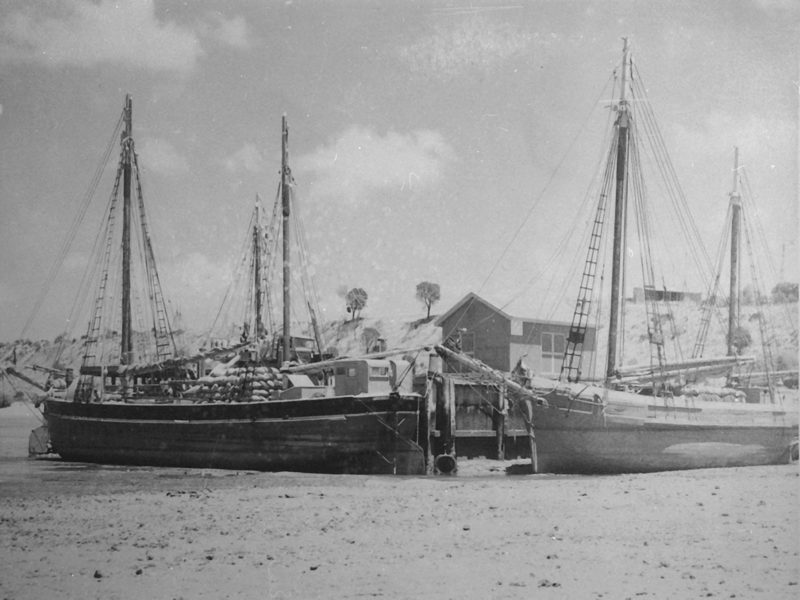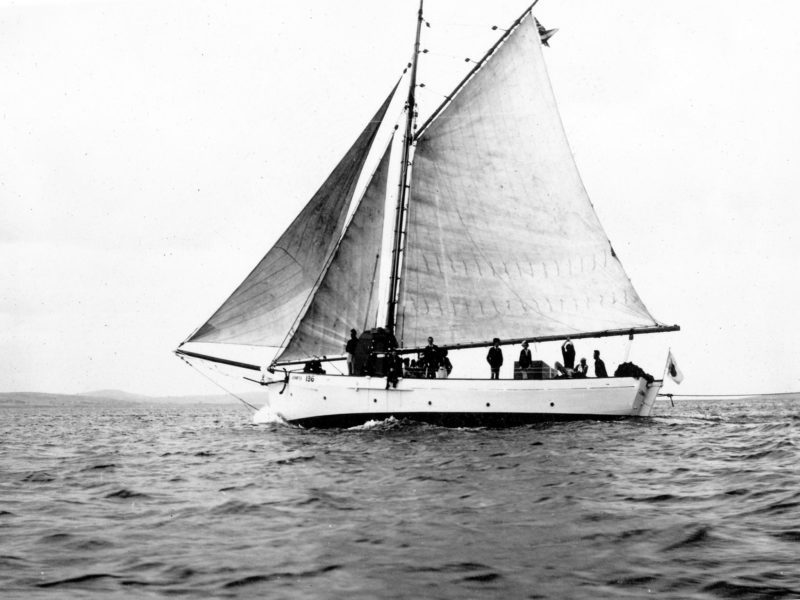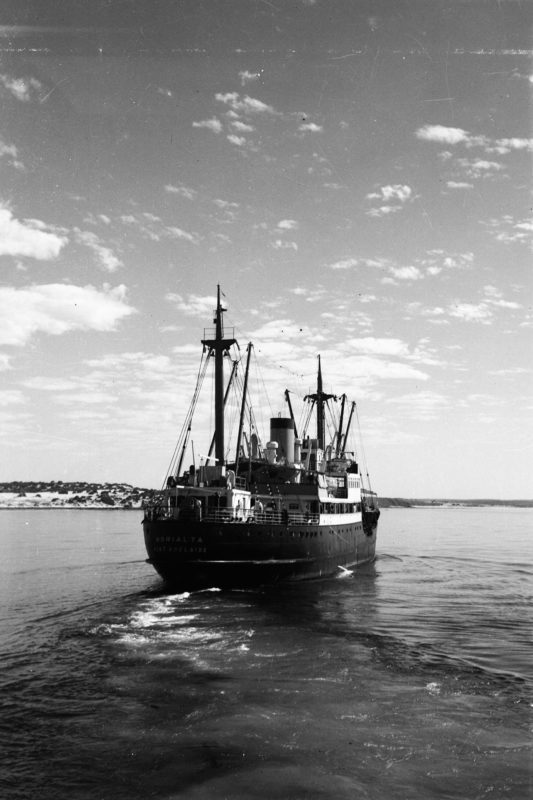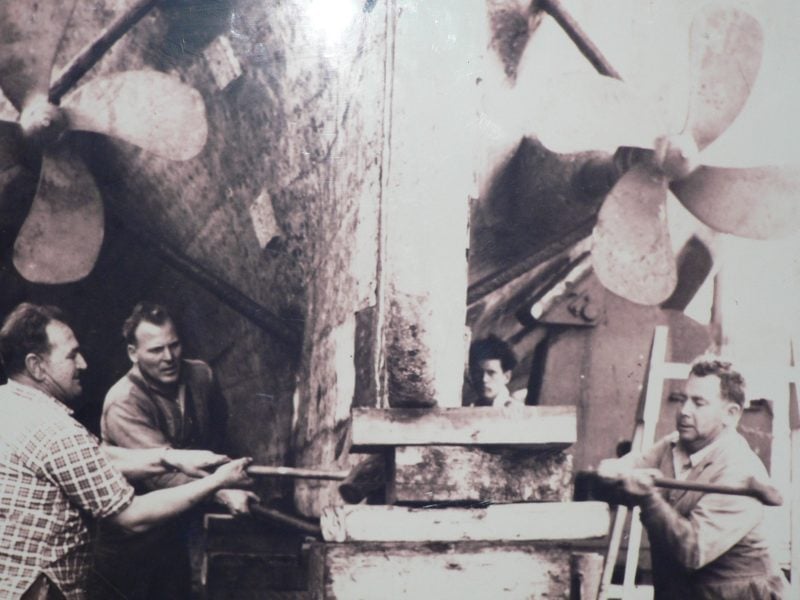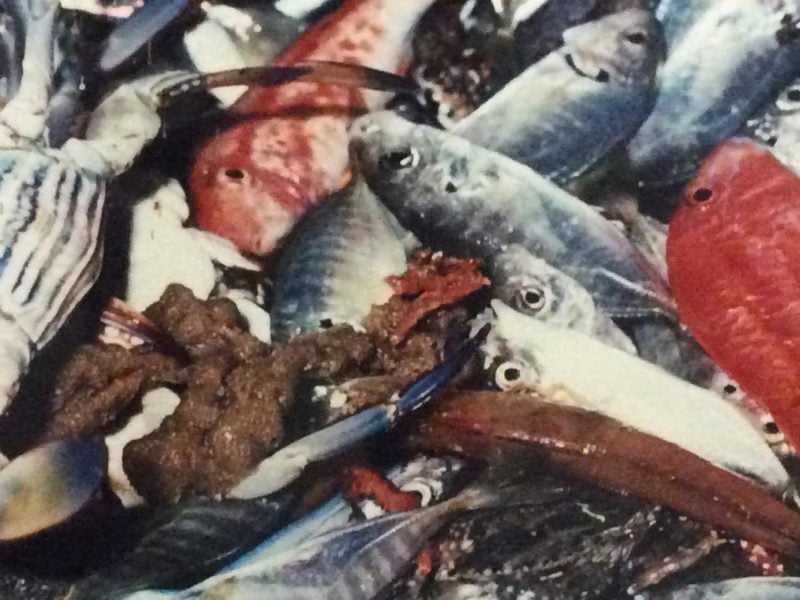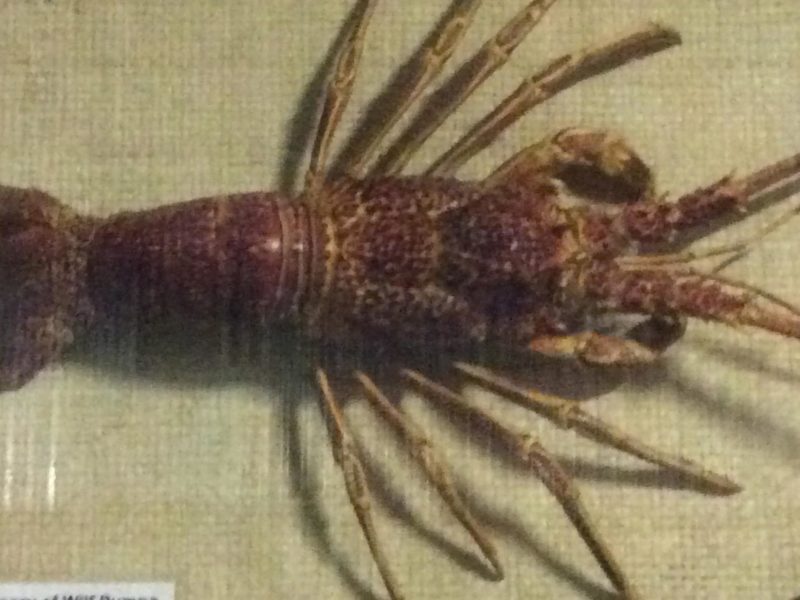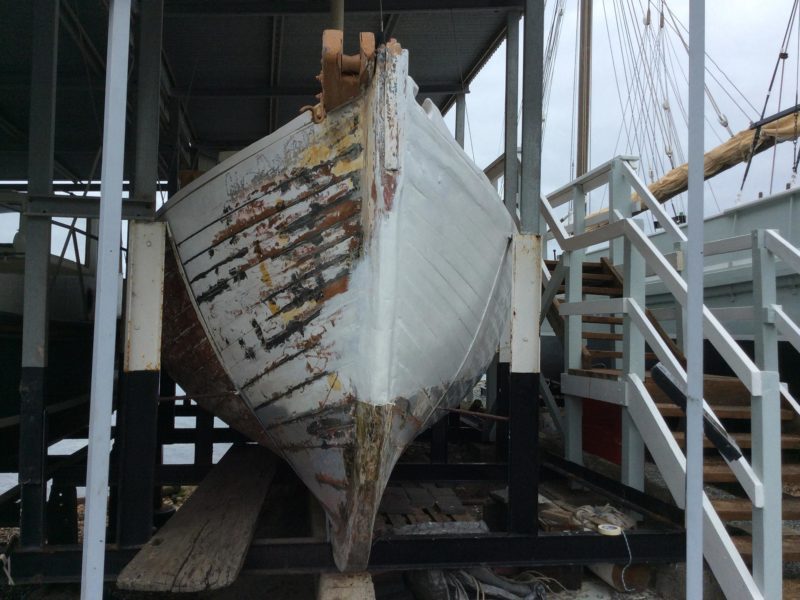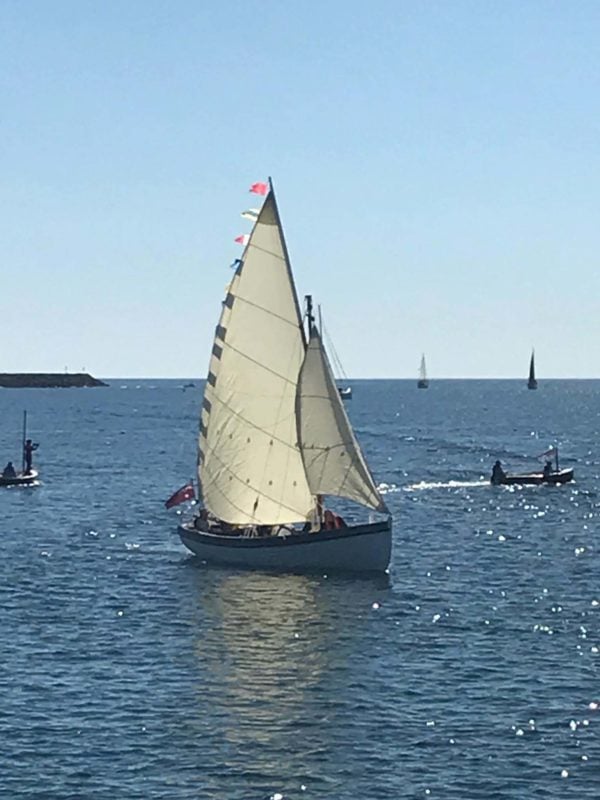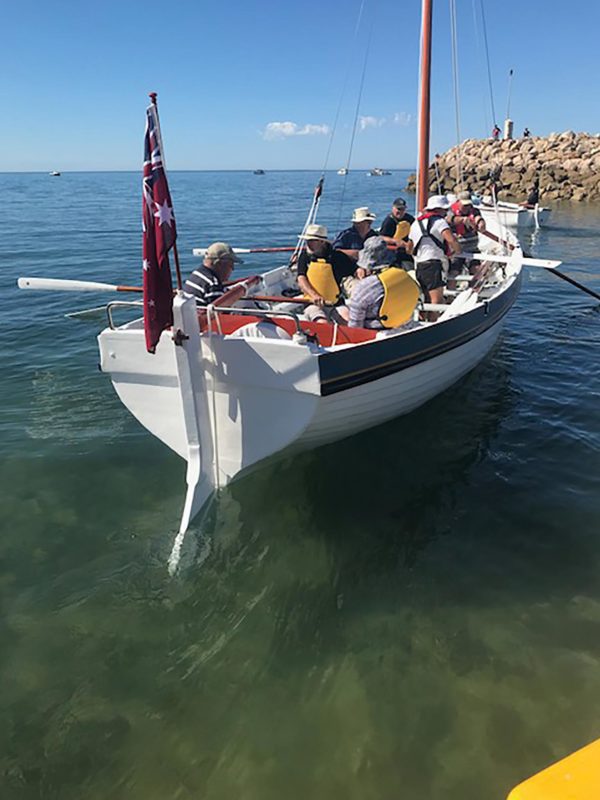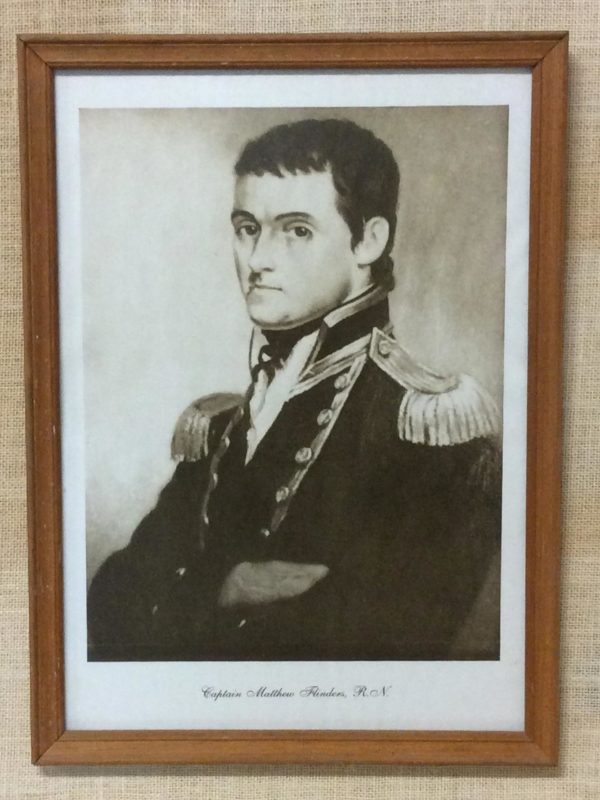Saltwater in the Blood
Coastal Trading Ketches
From the mid 1800s well into the1900s there were few roads on Eyre Peninsula, and no quick way of transporting goods by land. Farms and settlements relied on trading ketches with shallow drafts for their supplies and communication with the wider world, and transport of their produce to markets. The ketches could come right in to shallow bays at high tide, and sit on the bottom in low tide for loading.
Early Days of Fishing
The Aboriginal people enjoyed the excellent fishing in Boston Bay prior to colonisation, and remains of fish traps exist at Billy Lights Point. The first European fishermen to visit Port Lincoln were the whalers and the sealers in the early 1800s. Traces of whaling stations exist along the West Coast.
From the beginning of European settlement in Port Lincoln in 1839, fish were caught and sold door-to-door by fishers using shore lines or nets, and small sailing boats. By 1904 a commercial fishing licence was required (available to anyone who could pay the fee) and a cutter fleet was growing in South Australian waters. Cutters were sail driven, smaller boats (in the 25 to 35 foot range), usually with a wet well to keep fish alive, and able to be handled by one or two crew.
There were few navigation aids or weather forecasts, so only the skilled were successful. Major catches were premium scale fish (whiting, schnapper, garfish), tommies, shark for the oil, crustaceans.
Fishermen sold fish to the public off the town jetty, and when small depots were established through the newly formed SA Fisherman’s Co-op in the early 1950s, the majority was shipped to the Adelaide Fish Market.
Arrival of Coastal Steamships
With the advent of steam driven vessels at the turn of the century, the SS Rupara began sailing in Port Lincoln waters in the early 1900s. She was an early Adelaide Steamship Company vessel, built in 1906 and weighing 1,368 tons, with a dual purpose of moving cargo and people.
The Company used her and later ships SS Minnipa and SS Moonta to run the popular Gulf trips which visited Port Lincoln, Whyalla, Port Augusta and Port Pirie. Passengers were entertained and the food and service were good. Tours were arranged when the ship reached port, while cargo was discharged or taken aboard.
The Gulf trips provided opportunities for people to meet, for honeymoons and anniversary celebrations and celebrating the New Year. They also provided a vital link with Adelaide and more employment opportunities.
Despite our location in the Southern most part of Australia, during the World Wars Port Lincoln was seen as a potential target for enemy activity because of it’s amazing natural harbour. In WWII, these fears were justified with the discovery of sea mines in the waters surrounding the lower Peninsula.
After the war, a decommissioned enemy sea mine was a landmark at the end of the Port Lincoln town jetty for several years.
Development of Modern Fishing Industry
We have excellent displays showing modern fishing methods for tuna, prawns, oysters and abalone, and the characters who made them happen. We also have a number of unusual DVDs and books for sale on the era.
Restored Wooden Boats at the Museum
There are over 25 restored wooden boats of historic significance housed in the Museum or on the hardstand. In pride of place outside is SV Hecla, a 60 foot flat bottomed coastal trading ketch built in 1903. Her restoration by Museum volunteers was completed in 2017, and she is the last extant example of her kind.
Matthew Flinders
Matthew Flinders (1774-1814) commanded an English expedition to chart the unknown southern coast of Australia, and to determine whether or not Australia was one or two or more very large islands. The French were doing likewise under Nicolas Baudin, but in the end Flinders won the race.
Sailing aboard HMS Investigator, in January 1802 Flinders reached the furthest limit of previous discoveries at Fowlers Bay, and began charting a new coastline. He closely examined then charted the peninsulas and the two gulfs, including Port Lincoln waters. Most of the maritime and geographic features in the area were named by him, especially the name of our beautiful location, Port Lincoln.
Flinders’s running survey of the unknown southern coast was his greatest achievement. The meticulous details that he recorded of wind, tide and currents etc were later utilised in the compilation of the first Australian Directory in 1830.
The 3 volume limited edition set of books chronicling his discoveries: “A Voyage to Terra Australis”, along with a miniature (maquette) of the Matthew Finders memorial statue in London were generously donated to the Museum by the Lang Foundation in September 2014.
